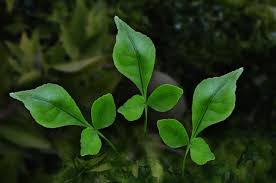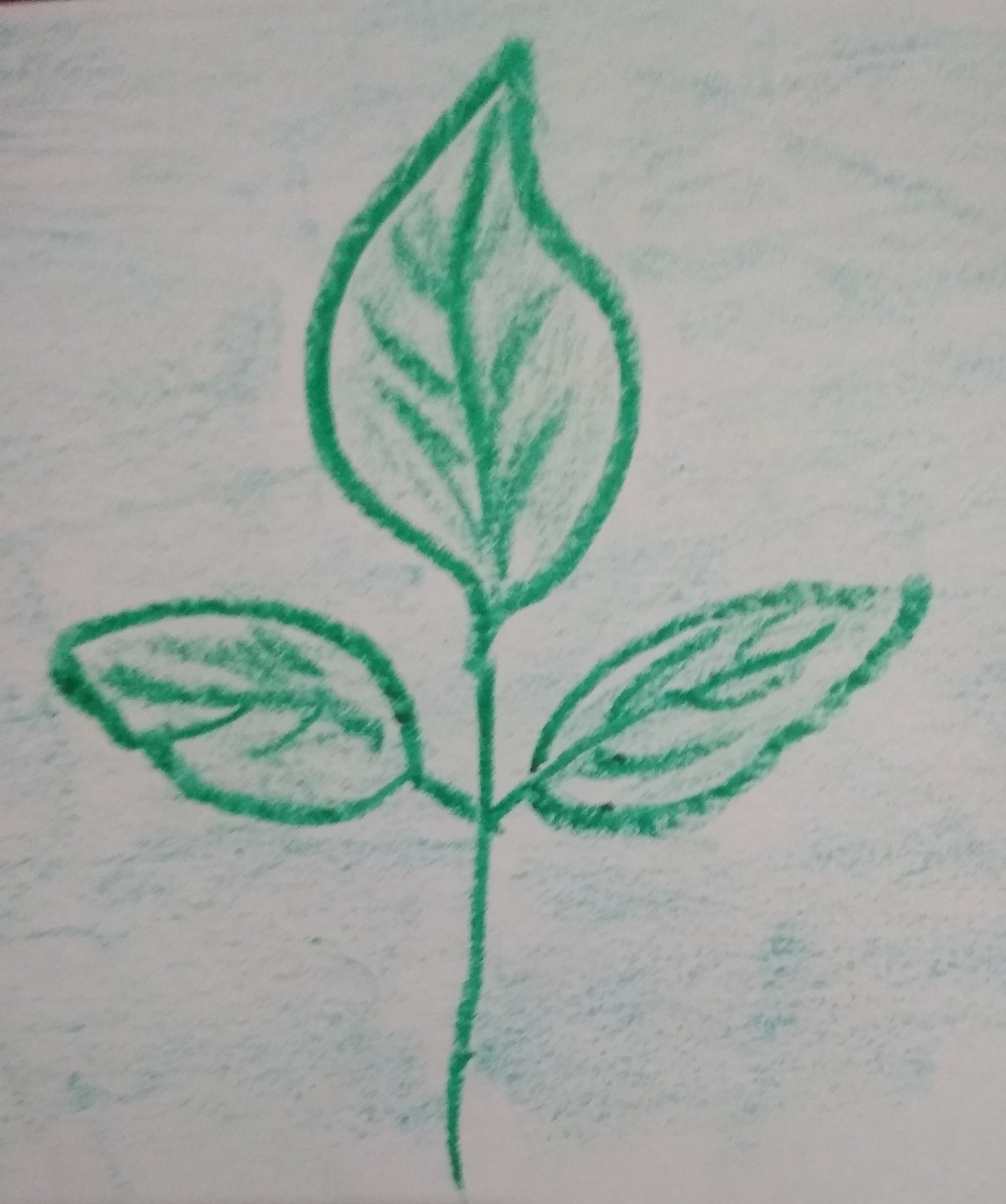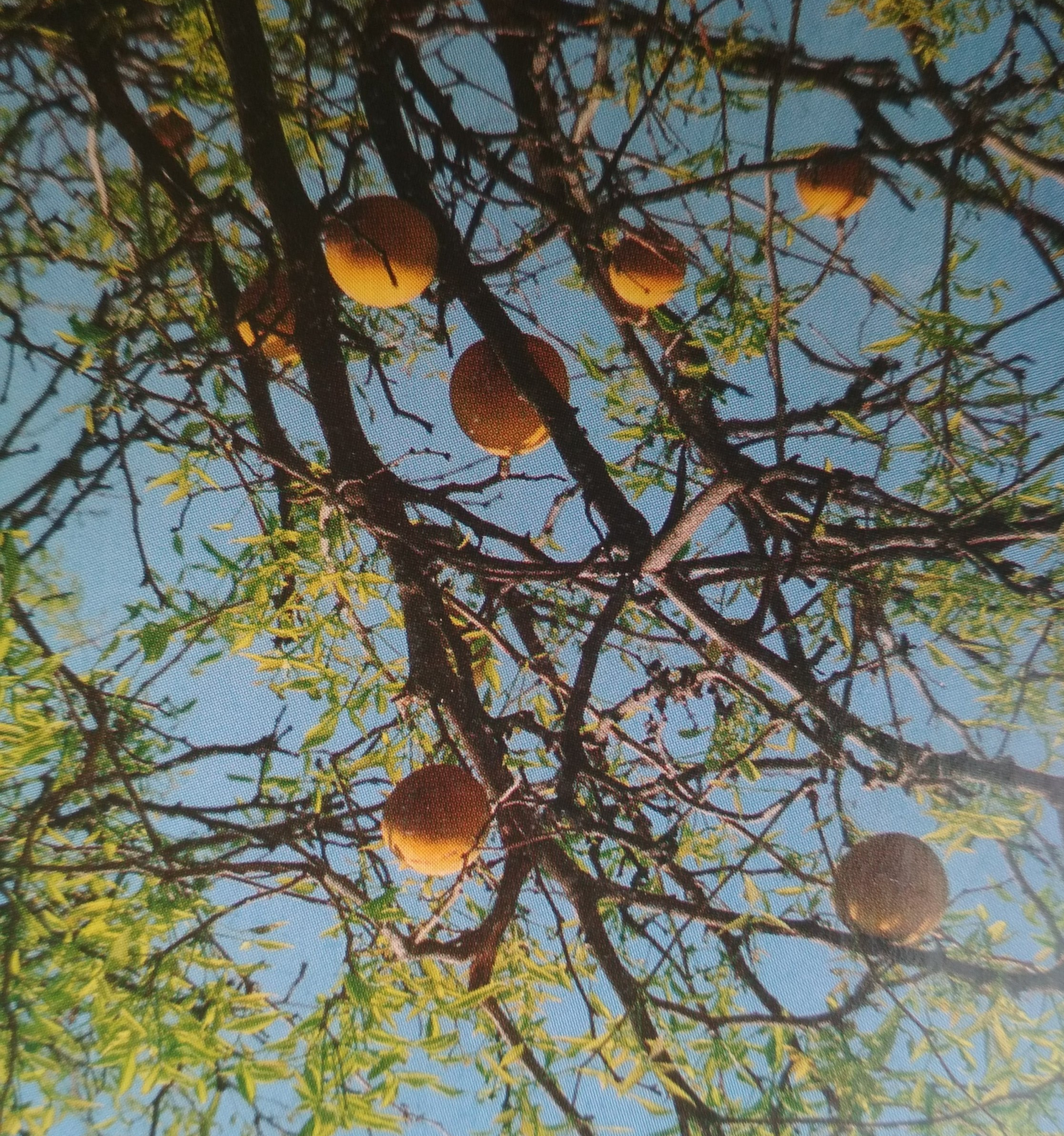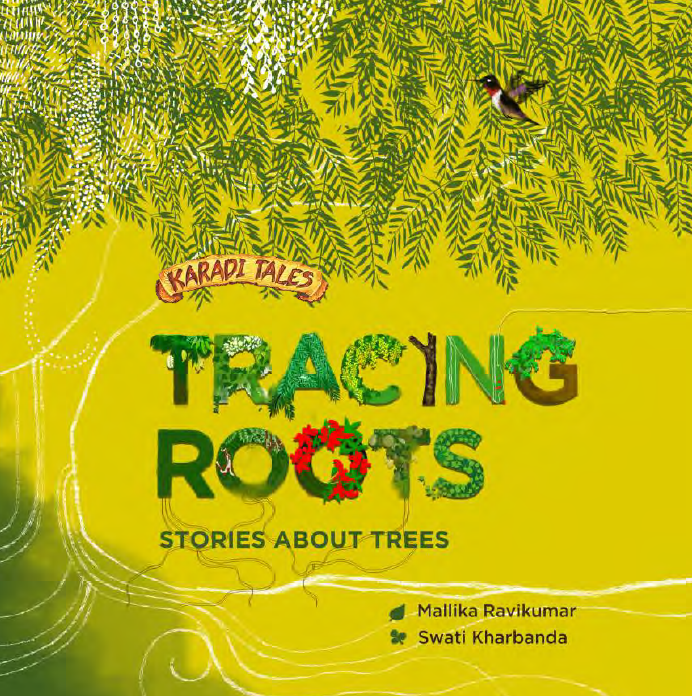Mahashivratri is an important Indian festival which literally translates into the great night of Shiva.
While every month has a Shivaratri or a night marked for Shiva, this particular one is regarded as more significant. Followers chant prayers, fast and observe rituals and pray to Lord Shiva through the night.
It is believed that this is the day when Shiva consumed the poison that was released during the great churning of the ocean or the samudra manthan. Some legends also have it that it is a night when Shiva and Parvati got married. It is also believed that Shiva dances his cosmic dance on this night.
The story I bring you today is one that connects the Bilwa, an indigenous and extremely useful tree, to Lord Shiva.

Association of Trees with Divinity
It is said that the cult of tree worship is as old as civilization itself. And that amongst the first objects that were held in reverence by humans were trees. Sacred groves are a living testimony to that.
This was perhaps born out of a sentiment of gratitude that people felt towards trees that provide humans with food, shelter, medicine and much more.
Over a period of time, certain trees got associated with certain deities. The Bilwa / Bel is one such tree that was considered sacred and became particularly associated with the worship of Shiva.
Story of Shiva and the Bilwa Tree.
There is a legend about this tree which also seeks to deliver a significant moral lesson.

There was once a hunter who lived his life by shooting and killing animals. One day as he was out in the forest, trying to hunt down a deer, he was chased by a lion.
Terrified, he quickly climbed onto the nearest tree which happened to be a Bilwa tree in order to hide from the lion.
The hours rolled by. The sun set and the forest was soon plunged into darkness. But the lion could be heard and the hunter didn’t dare to descend from the tree.
At night, the sound of the wild animals of the jungle could be heard all around him. The roar of the lion, the growl of a bear. It was frightening. Tears rolled down the hunter’s eyes.
In order to keep himself occupied, the hunter decided to pluck the leaves of the tree upon which he was sitting. One by one he plucked them out and dropped them to the ground, to keep himself from falling asleep and rolling over from the branch.

It so happened that the night on which this incident occurred was the night of Mahashivratri.
Shiva appeared to him in a vision and told him he was pleased. For even if someone offered him the leaves of the Bilwa tree unknowingly on this special night and fasted while doing so, he would find salvation.
And so it is said that if a poor humble hunter who lived by hunting and killing could attain salvation by praying to Shiva on this special night by offering Bilwa leaves and abstaining from eating, albeit without any intent – anybody else who did the same would also find themselves eternally blessed and liberated.
Lets identify the Bilwa Tree
One of the many ways one can distinguish and identify a tree, is by looking at its leaves.
Different trees have different leaf-patterns. While some trees like the Banyan have simple leaves, others like the Gulmohur have compound leaves. Often leaves are the easiest way to identify a tree.
In the case of the Bilwa tree, the leaves are trifoliate. In other words each leaf is made up of 3 leaflets. The Bilwa is not the only tree to have such a leaf pattern – there are of course several others (like the Palash and the Coral Tree and so on). But this is certainly a start..

To assist you further in its identification – you may note that the central leaflet has a larger stalk while the side leaflets are on short stalks. The margins of the leaf have minute rounded teeth.
The fruit of the tree is round and woody, yellowish/orangish in colour and contains pulp inside. It has been used since centuries in India in its ripe, unripe and sun-dried form to treat a variety of illnesses. Bel juice is made from the extracted pulp.
The Bilwa tree is called Wood Apple in English, perhaps owing to its hard woody fruit.

Being deciduous and indigenous to India, it is found across the country.
The tree (fruits/leaves and bark) has several medicinal uses -from treating allergies to curing bowel disorders and preventing cancer. Its fruit is said to be very high in Vitamin C, Calcium, Iron and other nutrients.
Symbolism of the Leaves
The three leaves together resemble the pattern of the Trident- trishul, which is the emblem of Shiva. The three leaves are also taken as symbolic of the three functions of Creation, Preservation and Destruction. They are also representative of Shiva’s three eyes.
Many connections are made between the iconography of Shiva and the pattern of this leaf.
Hence followers worship Shiva in the form of a shivling on the night of Mahashivaratri by bathing the lingam in milk and decorating it in bilwa leaves.
For more stories and legends about Indian trees and to learn simple ways of identifying them, check out my book Tracing Roots : Stories about Trees published by Karadi Tales.
.




RAJAT GHOSH
March 31, 2019 - 7:25 am ·Lovely read, after reading this, how can one not keep the fast of shivratri, amazing well said, Thank yu
Rajat
Mallika Ravikumar
April 2, 2019 - 8:45 am ·Thank you Rajat 🙂